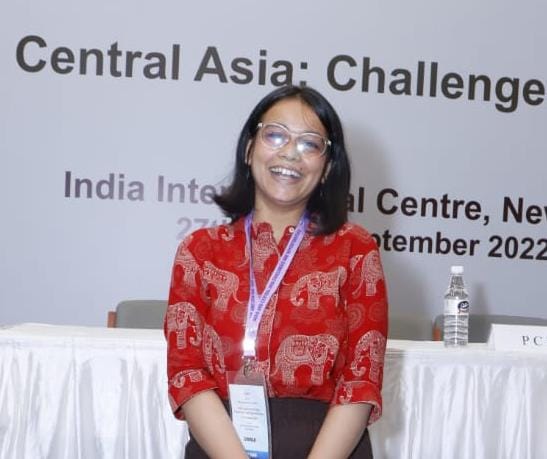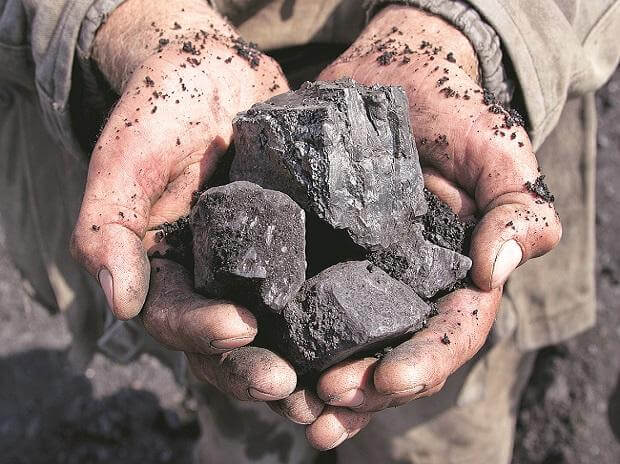Women and Environment: Women as Victims and Women as Actors

Simran
ResearcherEnvironment comes from the French word ‘environmer’ which means surround. Environment is the sum total of water, air and land, interrelationships among themselves and also with human beings, other living organisms, and property. On the other hand, Women were considered as a weaker sex from ancient times all over the world, women are predominantly responsible for management and conservation of resources for their families. . Whether it be exploring the world’s water resources or protecting the forest resources, fearless women are leading the charge. Bringing in the arguments of Ecofeminists to depict the relation between environment and women, I’d like to say that, there are important connections between the domination and oppression of women and the domination and exploitation of nature. In patriarchal thought, women are identified as being closer to nature and men as being closer to culture. Nature is seen as inferior to culture; hence, women are seen as inferior to men. Because the domination of women and the domination of nature have occurred together, women have a particular stake in ending the domination of nature, "in healing the alienated human and non-human nature." The feminist movement and the environmental movement both stand for egalitarian, non-hierarchical systems. They thus have a good deal in common and need to work together to evolve a common perspective, theory, and practice.
A lot of studies on women and the environment have shown that women are very close to nature and they are significant actors in natural resource management and they are major contributors to environmental rehabilitation and conservation. Natural resource depletion and environmental degradation has direct consequences for women’s time, income, health and social support system. The knowledge of women regarding the forest produce which have high herbal and medicinal value gained through long experience is disappearing with deforestation. Unconscious and ruthless exploitation of natural resources, which resulted in environmental degradation, has a direct impact on women. About two to three million people in the forest and tribal belts of India earn their livelihood by carrying fuel load on their head and of these, 90 percent are women. The year-round collection of minor forest products and herbs have traditionally provided extra income, valuable nutrition and medical support. As women operate in a labour intensive and non-monetized economy, they have become victims of profiteers, middlemen and also the men in their families. Recent studies revealed that women are the direct victims of such environmental degradation, pollution etc.
Noted Environmentalist Vandana Shiva notes that violence against women and against nature are linked not just ideologically but also materially. For instance, Third World women are dependent on nature "for drawing sustenance for themselves, their families, their societies." The destruction of nature thus becomes the destruction of women's sources for “staying alive.”
At the same time, in the course of their everyday interactions with nature, women acquire a special knowledge of species varieties and the processes of natural regeneration. They could thus be seen as both victims of the destruction of nature and as repositories of knowledge about nature, in ways distinct from the men of their class. Women and female children are the ones most adversely affected by environmental degradation. The reasons for this are primarily threefold. First, there is a pre-existing gender division of labour. It is women in poor peasant and tribal households who do much of the gathering and fetching from the forests, village commons, rivers, and wells. Second, there are systematic gender differences in the distribution of subsistence resources (including food and health care) Third, there are significant inequalities in women's and men's access to the most critical productive resource in rural economies, agricultural land, and associated production technology.
But should we see people in general and women in particular solely as victims of environmental degradation? The answer would be a straight no. Women play a very important role in the conservation of the environment. There have been many instances when women have come forward as a lead actor to protest in order to protect the same.
Several leading environmental movements in India have been led by women.The environmental movement of the Bishnoi began with the royal order of Maharaja Abhay Singh to cut off Khejri trees, worshipped by Bishnois, for construction of the fortress. The villagers, under the leadership of Amrita Devi, protested against the order as she hugged the tree, as a new form of dissent. Amrita Devi and her three daughters were beheaded, disobeying royal order. Just before her martyrdom, Amrita Devi declared, “If a tree is saved even at the cost of one's head, it’s worth”.The Chipko movement was started in 1973 at Garhwal division of Uttar Pradesh specially Chamoli District. The protest movement was organised by Chandi Prasad Bhatt, who aired the slogan of "ecology is a permanent economy." The movement was led by Sunderlal Bahuguna, Bachi Devi, Gauri Devi and women of the Garhwali area saved trees by embracing them.
The Silent Valley Movement was against the decision of Kerala Government to construct a dam for hydroelectric power project in the Silent Valley forest, a biodiversity hotspot. The Malayalam poet and environmentalist, Sugatha Kumari was the prominent leader in this movement. Despite the offer of employment and development in the area, people, especially women opposed the hydro electricity project. As a result the project was cancelled by personal interventions of the then Prime Minister Indira Gandhi in 1980 and Silent Valley was declared as a National Park in 1984.
The Narmada Bachao Andolan (NBA) is an environmental movement against the building of a number of dams along the Narmada River funded by the World Bank. The NBA, which was led by Medha Patkar, Baba Amte, and Arundhati Roy had turned into the International protest, gaining support from NGOs all around the globe. With strong protest from the NBA, the World Bank withdrew the project in 1993, but the case continued in the Supreme Court.
Even after being so active in several fields women were kept away from the powers of decision making. Their unequal access to education and so-called lack of decision-making authority at all levels has lowered their position in the society. As a result, it has had adverse effects on income, nutrition, health, social support networks and domestic knowledge. Practically being close to nature, women are always able to realise environmental issues better. Since women are the prospective users of the facilities, it is necessary to consider their views in planning to save the environment and implementing projects for the same.





